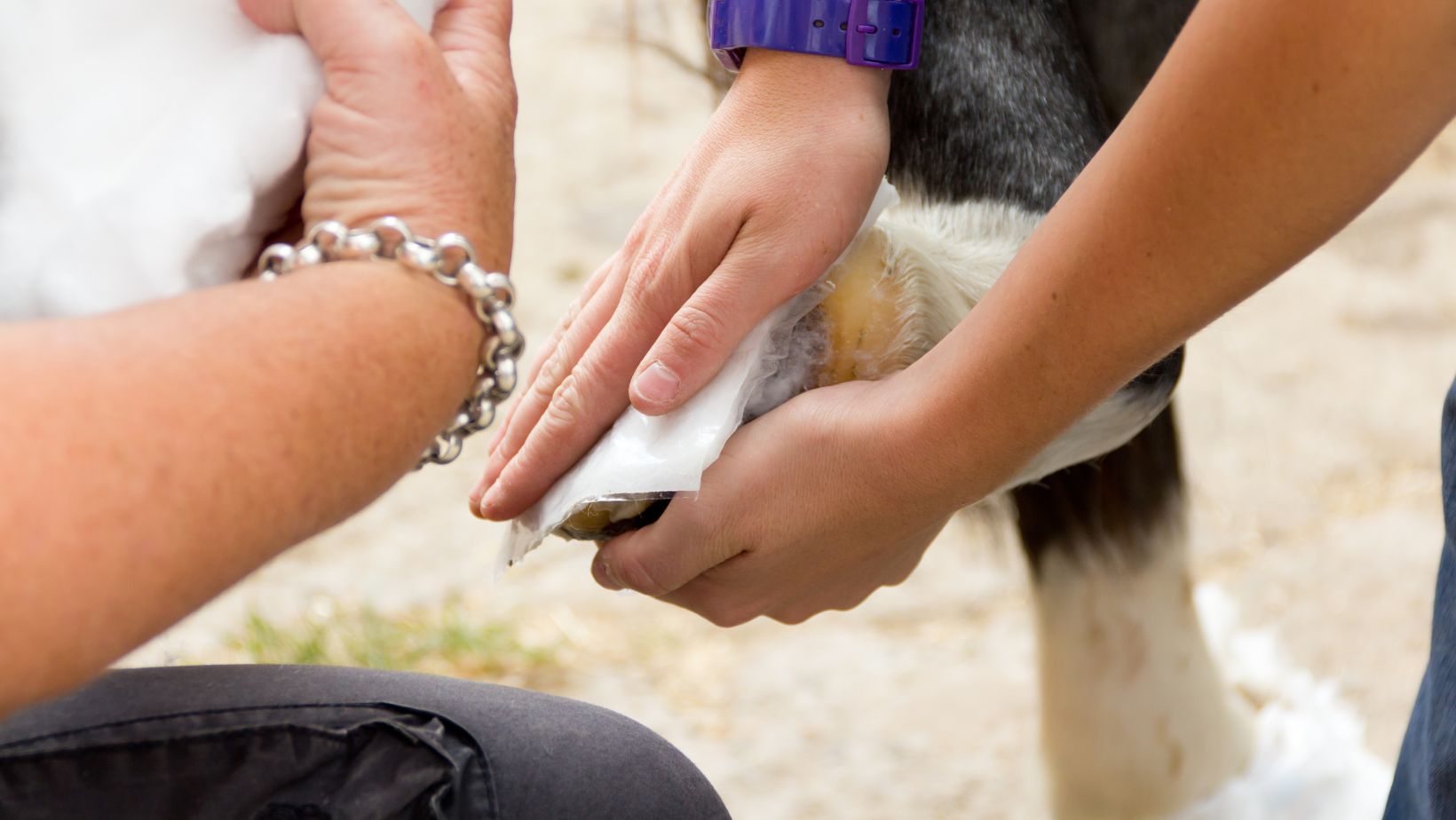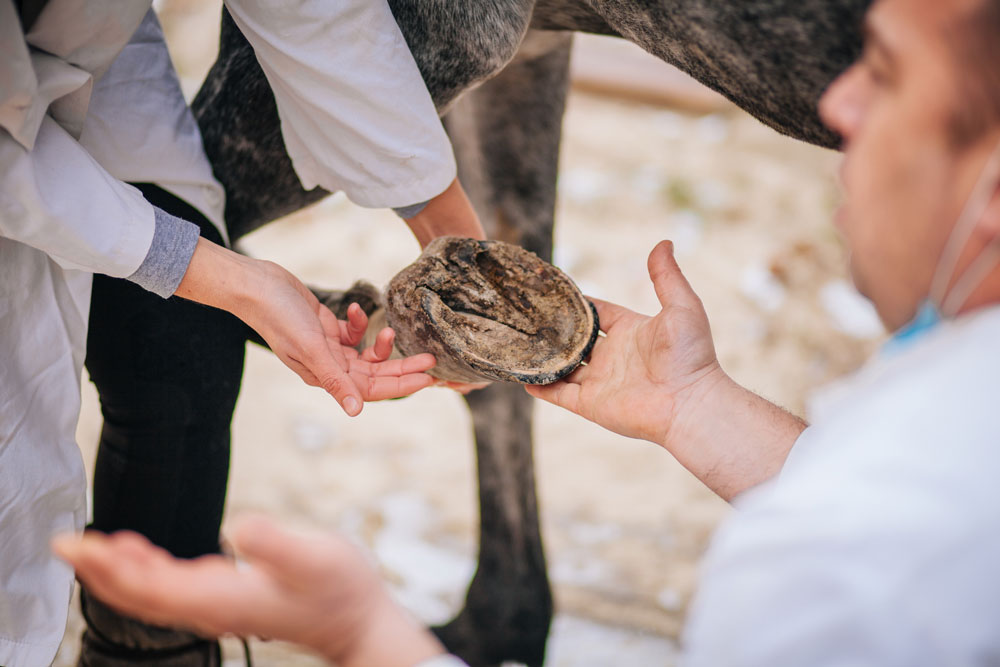If you are an avid equestrian, chances are you know the importance of hoof health to your horse’s overall well-being. A hoof abscess can be a painful and debilitating condition for your horse. This article will guide you on how to make a poultice for a horse hoof abscess, ensuring that you can provide prompt and effective relief for your equine friend.
Hoof abscesses are quite common and can cause significant discomfort. It is crucial to know how to treat them properly to avoid complications.

The Importance of Timely Treatment
Treating a hoof abscess promptly is vital to prevent the infection from spreading or worsening. A poultice is an essential tool in your equine first-aid kit. It helps draw out the infection, reduce swelling, and alleviate pain.

What Causes Hoof Abscesses?
Common Causes
Hoof abscesses can be caused by various factors, including:
- Puncture wounds
- Bruises
- Foreign objects
- Poor hoof hygiene
- Improper shoeing

Recognizing a Hoof Abscess
Signs and Symptoms
Common signs to look out for include:
- Lameness
- Heat in the hoof
- Visible swelling
- Pus or discharge
Learn more about hoof abscess to understand these symptoms better.
Materials Needed for Making a Poultice
- Epsom salts
- Hot water
- Clean bucket
- Gauze pads
- Vet wrap
- Duct tape
- Plastic wrap
The Procedure: Step-by-Step Guide
Cleaning the Hoof
Start by cleaning the hoof thoroughly to remove any dirt or debris. Use a hoof pick and a brush to ensure it is clean.
Preparing the Poultice
Mix a generous amount of Epsom salts in hot water until fully dissolved. Soak the gauze pads in the solution, ensuring they are fully saturated.
Applying the Poultice
Place the soaked gauze pads directly over the affected area of the hoof. Wrap it securely with plastic wrap to hold the gauze in place and maintain moisture.
Securing the Poultice
Use duct tape to create a protective layer around the plastic wrap, ensuring the poultice stays in place. This will also prevent contamination.
How Long to Leave the Poultice On?
Typically, it is best to leave the poultice on for 24-48 hours, but always follow your veterinarian’s advice.
When to Change the Poultice
Replace the poultice as needed, usually once a day. Observe for any signs of improvement or worsening of the abscess.
Alternative Poultice Materials
Commercial Poultices
Several over-the-counter options are available, such as Animalintex pads. These can be convenient and effective.
Homemade Poultices
Other homemade options include using a mixture of activated charcoal and flaxseed meal.
Preventing Future Abscesses
Good hoof hygiene and regular farrier visits can significantly reduce the risk of future abscesses.
FAQs
What should I do if the abscess does not improve?
If there is no improvement, consult your veterinarian immediately.
How can I prevent hoof abscesses?
Regular cleaning and proper shoeing can help prevent abscesses.
Can I use any other disinfectants?
Consult your vet for recommendations on other safe disinfectants.
Conclusion
Knowing how to make a poultice for a horse hoof abscess is an essential skill for any horse owner. Prompt and effective treatment can alleviate your horse’s discomfort and speed up recovery. Always consult your veterinarian for serious cases and follow their guidance closely.
For further information, you can visit USEF’s tips on treating and preventing hoof abscesses.
As an Amazon Associate, I earn from qualifying purchases.
